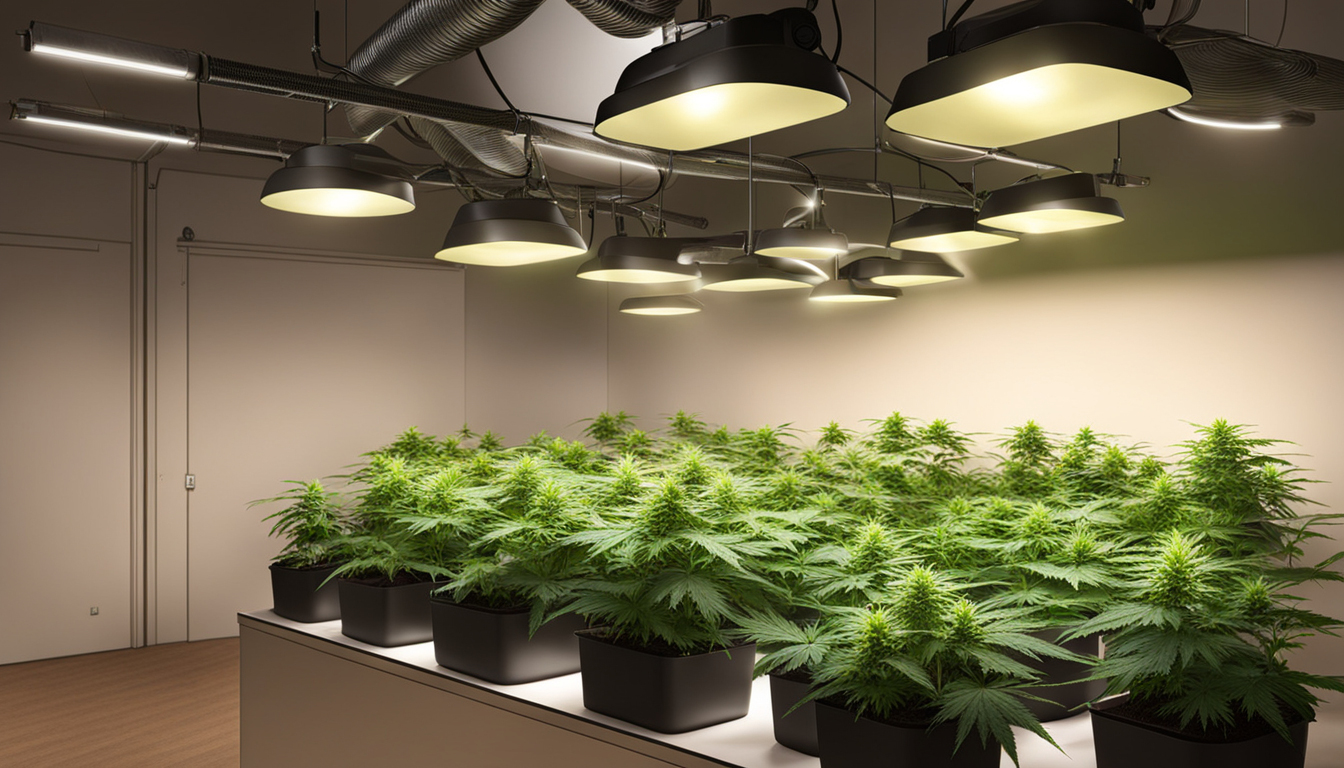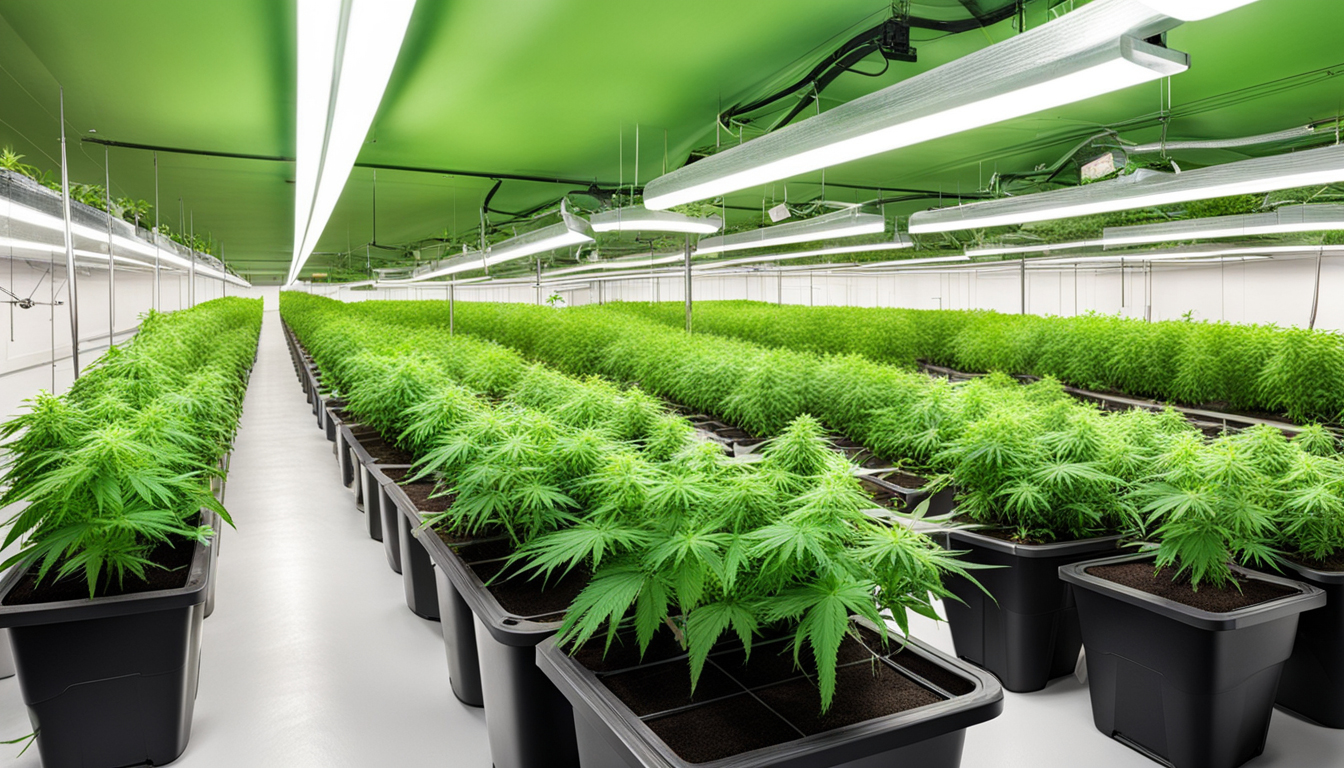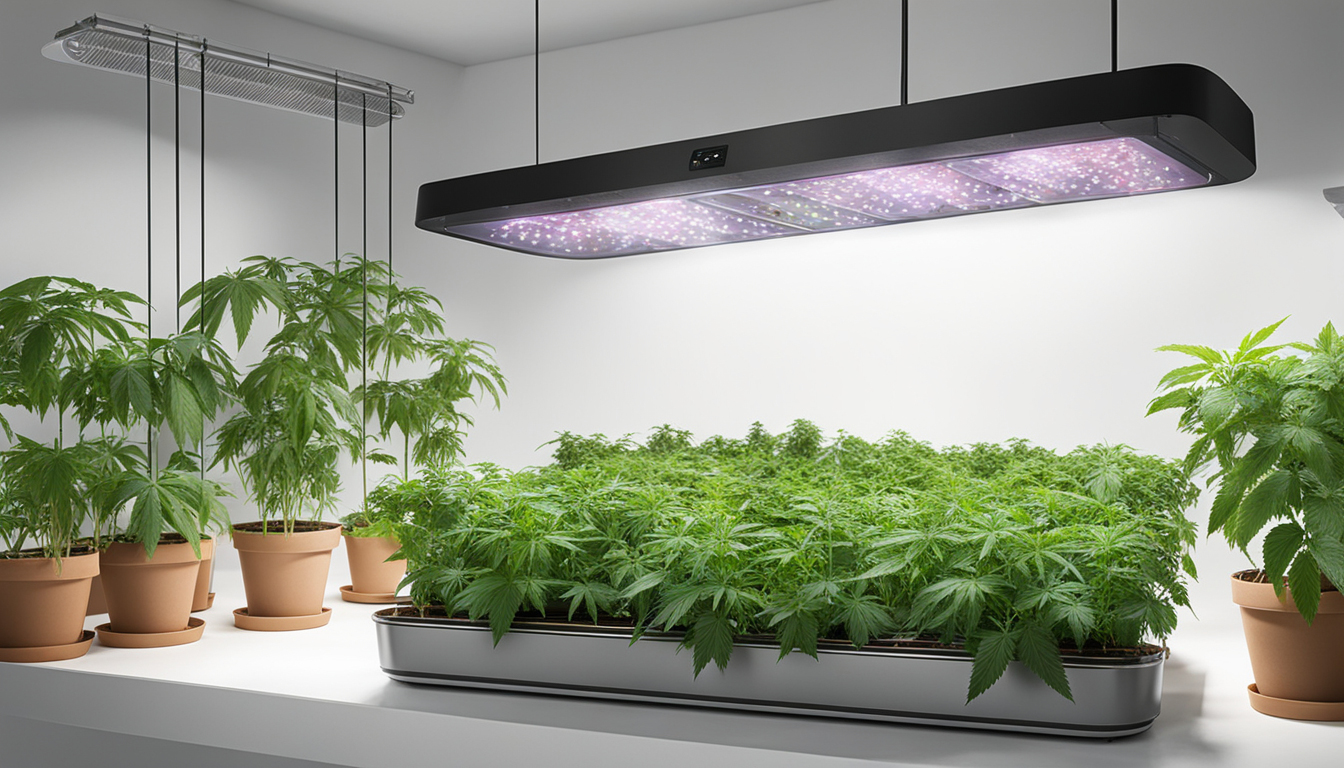
Whether you're just starting out with pot cultivation or looking to improve your existing crop, following this complete guide will help you produce big, high-quality yields right at home. With the right supplies, techniques, and care, growing marijuana indoors can be an extremely productive and cost-effective endeavor.
Choosing Pot Strains
The first step in planning your indoor grow is picking the right weed varieties to grow. The three main types of pot plants each have their own qualities.
Energizing strains
Known for their energizing cerebral effects, sativas spread tall and slender with narrow leaves. They flourish in tropical tropical climates and have a longer flowering time between 10-12 weeks indoors. Top sativa strains include Sour Diesel, Durban Poison, and Jack Herer.
Indicas
Indicas provide relaxing full-body effects and grow short and bushy with broad leaves. Adapted to cooler mountain climates, they flower faster within 8-9 weeks. Popular indica strains include Northern Lights, Bubba Kush, and Bubba Kush.
Mixed strains
Mixed strains blend traits from both sativas and indicas. They offer combined effects and have moderate flowering periods around 9-10 weeks. Well-known hybrids are OG Kush, Girl Scout Cookies, and Blue Dream.

Setting Up Your Grow Space
Cannabis plants need the right controlled environment to succeed. Key factors for indoor farms are lighting, ventilation, layout, and finding the ideal discreet area.
Location
Choose an available space with quick access to water and electrical outlets. An empty extra bedroom, unused closet, corner of the basement, or grow tent locked away in a garage all make great stealthy cultivation room spots.
Lighting
Cannabis requires powerful light for all vegetative stages. LED grow lights are energy-efficient and come in broad spectrum options simulating natural outdoor light. Provide 15-25 watts per square foot for the growth stage and 20-40 watts per square foot for bloom.
Ventilation
Proper airflow and exhaust systems keep ideal temperature, moisture, and pure CO2 levels. Install low-noise 10-15 cm blowers or carbon filters to circulate old air and eliminate smells.
Layout
Optimize your space by arranging plants strategically under the lamps and allowing room to reach and work around them. Set up separate zones for growth, bloom, curing, and cloning.

Cultivation Mediums
Cannabis can be cultivated in different substrates, each with pros and cons. Pick a proper option for your specific setup and cultivation style.
Soil
The classic substrate, soil is affordable and simple for new growers. It provides great taste but requires more irrigation and fertilizing to feed plants. Amend soil with vermiculite or coco to improve drainage.
Coconut coir
Made from coconut husks, renewable coco coir holds water but still allows air to the roots. It's cleaner and more consistent than soil. Use coco-specific fertilizers to avoid accumulation.
Water systems
In water systems, plant roots grow right in nutrient irrigation solution. This allows quick growth but needs careful monitoring of water properties. Deep water culture and irrigation systems are popular techniques.
Sprouting Seeds
Germination prepares your cannabis seeds to start growing taproots. This readies them for planting into their growing medium.
Paper Towel Method
Place seeds between wet paper towels and maintain them damp. Check after a week for emerging taproots showing germination is complete.
Planting directly
Insert seeds directly into pre-moistened cultivation medium 6mm deep. Gently water and wait 1-2 weeks until sprouts break through the surface.
Rockwool Cubes
Soak cubic rockwool starters in balanced water. Place seeds 6mm deep into the cubes. Keep cubes moist until sprouts appear within 1-14 days.
Transplanting Seedlings
Once germinated, cannabis young plants need to be transplanted to prevent overcrowding. Move them into proper sized containers.
Preparing Containers
Load large pots with cultivation medium enriched with slow-release nutrients. Let pots to absorb water overnight before repotting.
Gently repotting
Gently separate seedling roots from germination medium using a spoon. Put into pre-soaked pot at same depth as before and lightly water Contact Us Today in.
Vegetative Stage
The growth stage encourages leafy growth and plant structure through 18-24 hours of continual lighting exposure. This stage usually lasts 4-8 weeks.
Providing 3/4 to full day of Lighting
Use lamps on a 24 daily cycle or natural sunlight to trigger nonstop growth. Lamp output influences height and internodal spacing.
Fertilizing
Use vegetative stage nutrients higher in nitrogen. Make sure pH remains around 5.8-6.3 for full fertilizer uptake. Fertilize 1⁄4 to 1⁄2 strength after 14 days and strengthen slowly.
LST and topping
Fimming, LST, and trellising manipulate growth patterns for even canopies. This boosts yields.

Flowering Stage
The blooming stage grows buds as plants reveal their sex under a 12/12 light timing. It lasts 2-3 months based on strain.
Changing Light Schedule
Change lamps to 12/12 or move outdoors for outdoor 12 hour cycle. This triggers plants to begin blooming.
Flushing
Leaching removes nutrient salts to improve flavor. Fertilize weakly the first period then just use pH'd water the final 2 weeks.
Flushing
Continue 12/12 light timing but leach using pH-balanced water only. Resume clean watering if buds aren't yet mature after two weeks.
Harvesting
Recognizing when marijuana is fully ripe ensures peak cannabinoid content and aroma. Harvest plants at optimal ripeness.
Identifying Ripeness
Look for swollen calyxes, faded pistils, and 5-15% amber trichomes. Check buds around the plant as they don't all ripen evenly.
Harvesting plants
Use sterilized, razor-sharp pruning shears to gently slice each plant at the base. Leave 5-10cm of stalk attached.
Drying
Suspend whole plants or branches inverted in a dark room with moderate temp and humidity around 45-65% for 7-14 days.
Curing
Aging continues desiccating while improving the buds like fine wine. This process mellows harshness and intensifies terpene and terpene profiles.
Curing containers
Trim cured buds from branches and place into sealed containers, packing about 3⁄4 full. Use a sensor to monitor jar moisture.
Burping Daily
Unseal Find Out More jars for a short time daily to slowly reduce humidity. Rehydrate buds if humidity goes under 55%.
Final Cure
After 2-3 weeks when moisture stabilizes around 55-60%, perform a last trim and keep long-term in airtight jars.
Common Problems and Solutions
Even seasoned growers run into different marijuana plant problems. Identify issues early and address them correctly to keep a healthy garden.
Poor feeding
Yellowing leaves often signify inadequate nitrogen. Purpling stems and leaves signal phosphorus deficiency. Test pH and increase fertilizers slowly.
Pests
Thrips, aphids, fungus gnats, thrips, and nematodes are frequent weed pests. Use organic sprays, ladybugs, and yellow traps for natural control.
Powdery mildew
High moisture promotes powdery mildew and root rot. Improve circulation and venting while lowering RH below 50% during flowering.

Conclusion
With this complete indoor marijuana growing guide, grow cannabis fuide you now have the knowledge to grow plentiful strong buds for private harvests. Apply these techniques and techniques throughout the seed starting, growth, and bloom stages. Spend in quality equipment and carefully check on your plants. In time, you'll be compensated with frosty aromatic buds you grew yourself under the patient guidance of your green hands. Good luck cultivating!